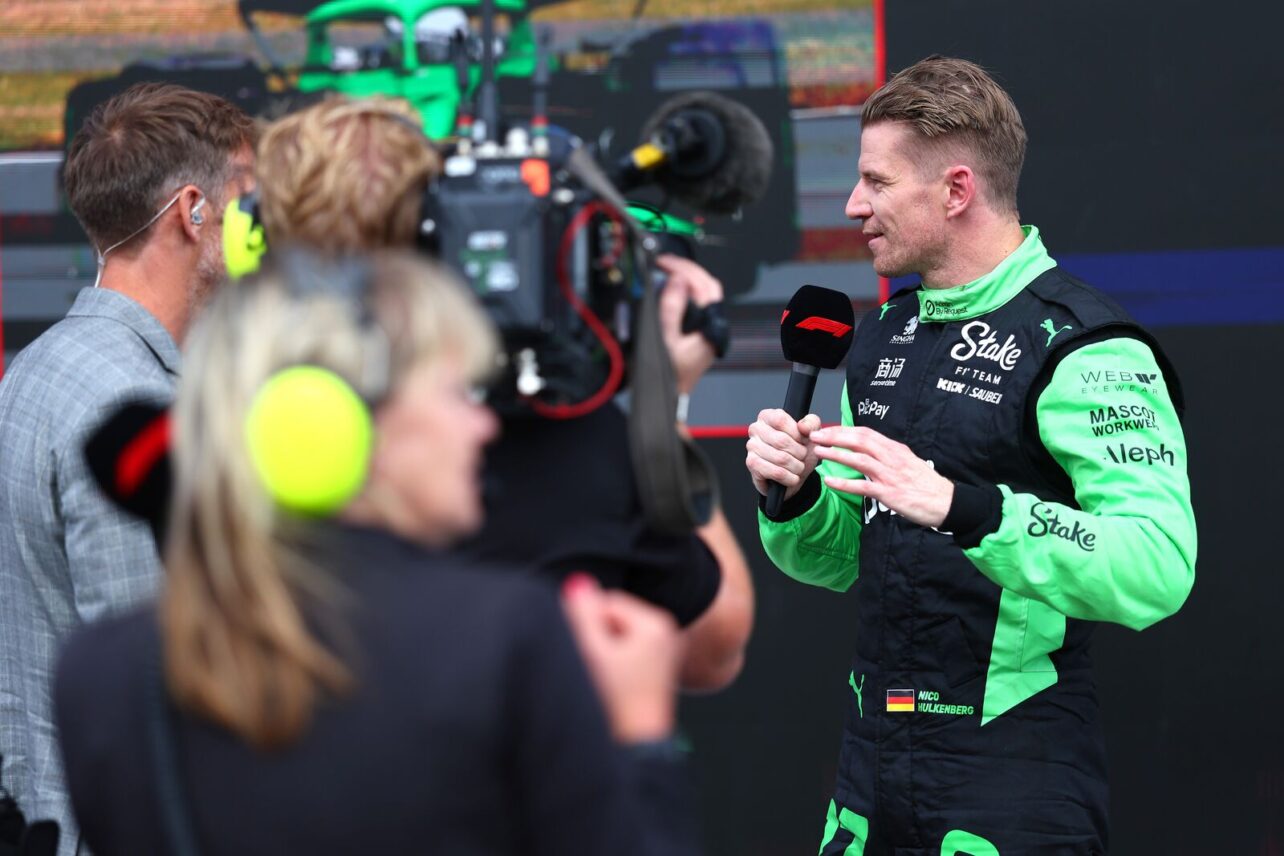Hi friends,
Not a lot of news this week, so rather than picking a top story and analysing it, I figured I’d make this week’s edition about media literacy in Formula 1 and sports in general.
In the world of Formula 1, the action doesn’t end when the chequered flag waves. It continues online, where news, rumours and opinions circulate at a dizzying pace. In this environment, media literacy – understanding how to interpret and assess the information presented – is essential.
Over the past couple of decades, the rise of social media, fan-driven platforms and influencer journalism has transformed how stories are told and consumed. For better and for worse. Where fans used to rely on newspapers, official press releases and interviews, today they are bombarded with real-time updates, anonymous scoops and viral speculation. Formula 1, with it’s high-profile personalities and political tensions is fertile ground for this kind of content.
This core issue is that much of what circulates online isn’t news in any traditional sense. Often, it’s hearsay repackaged as fact. A cryptic tweet from an unverified, anonymous account can spark widespread belief that a driver is leaving a team or that another major event is unfolding. These claims are often amplified not because they are accurate, but because they generate engagement. In many cases, the goal is not to inform but to provoke a reaction. Interaction becomes the currency, and the truth becomes secondary.
Many rumours are based on fragments of truth that are stretched, misinterpreted or removed from context. Sometimes they are completely invented, designed to exploit the excitement and anxiety of fans. Even credible media outlets are drawn into this dynamic, publishing stories based on questionable sources or unverified claims simply to remain competitive in an increasingly clickbait driven ecosystem.
This makes media literacy a crucial skill. It begins with a healthy amount of scepticism and a habit of asking critical questions. One of the most effective ways to protect yourself from misinformation is to trace the claims back to their origin. If you see a headline or tweet making a bold statement, it’s important to ask where the information came from. Was it from an official source, a direct interview, or a reputable source with a proven track record? Or was it from an anonymous profile that exists solely to generate attention?
Anonymous accounts are a common source of confusion, and generally operate without accountability. They make vague predictions, wrap them in dramatic language and avoid concrete details that can be verified later. When they happen to be correct, they tout it as proof of credibility. When they’re wrong, they simply delete the post, claim it was a joke or move on without consequence. Without transparency or a history of reliable reporting, there is little reason to accept their claims at face value.
Another common pitfall is the selective quoting of figures in the sport. Drivers and team principals are often misrepresented through clipped soundbites or headlines that distort the intent of their words. A frustrated comment in a press conference can be turned into a scandalous accusation once it’s pulled from context and exaggerated in a tweet. Fans who only read the headlines or social media snippets often come away with a completely different understanding of what was actually said.
True media literacy means resisting the urge to react immediately and looking deeper into the story. It requires reading full interviews instead of relying on snippets, verifying information through multiple reputable sources and understanding the broader context in which something was said. It also means recognising the timing of a rumour. Many false stories gain traction during off-weeks or between races, when there is little real news and plenty of attention to capture.
Finally, it’s important to support journalists and media outlets that value accuracy over virality. There are many in Formula 1 who work hard to report facts, provide context and correct their mistakes. Following their work and prioritising their insights over anonymous drama-mongering helps reinforce a healthier media environment for everyone.
Being a discerning fan doesn’t mean doubting or rejecting everything entirely. Rumours and predictions are a part of sports culture. But there is a difference between healthy curiosity and blind acceptance. By using critical thinking and insisting on credible sourcing, fans can protect themselves, and others, from the manipulation that thrives in today’s media landscape.
The Rest of the Stories This Week:
- Oliver Rowland is the 2024/2025 Formula E champion
- Sergio Perez is set to make a return to Formula 1 with Cadillac in 2026
- Verstappen denied doubts over 2026 Red Bull commitment
- Super Formula champion Sho Tsuboi and Ryo Hirakawa will test for Haas at Fuji in August
- Cadillac take their first ever WEC win at the Rolex 6 Hours of São Paulo
- Jenson Button will leave Cadillac Hertz Team JOTA in WEC at the end of the season
- WEC has new broadcast graphics
That’s it for this week, thank you for being here.
If you want to support me, you can help fuel the snack addiction that powers me through compiling these lists and vetting the stories – you can do so on Buymeacoffee or Patreon.
